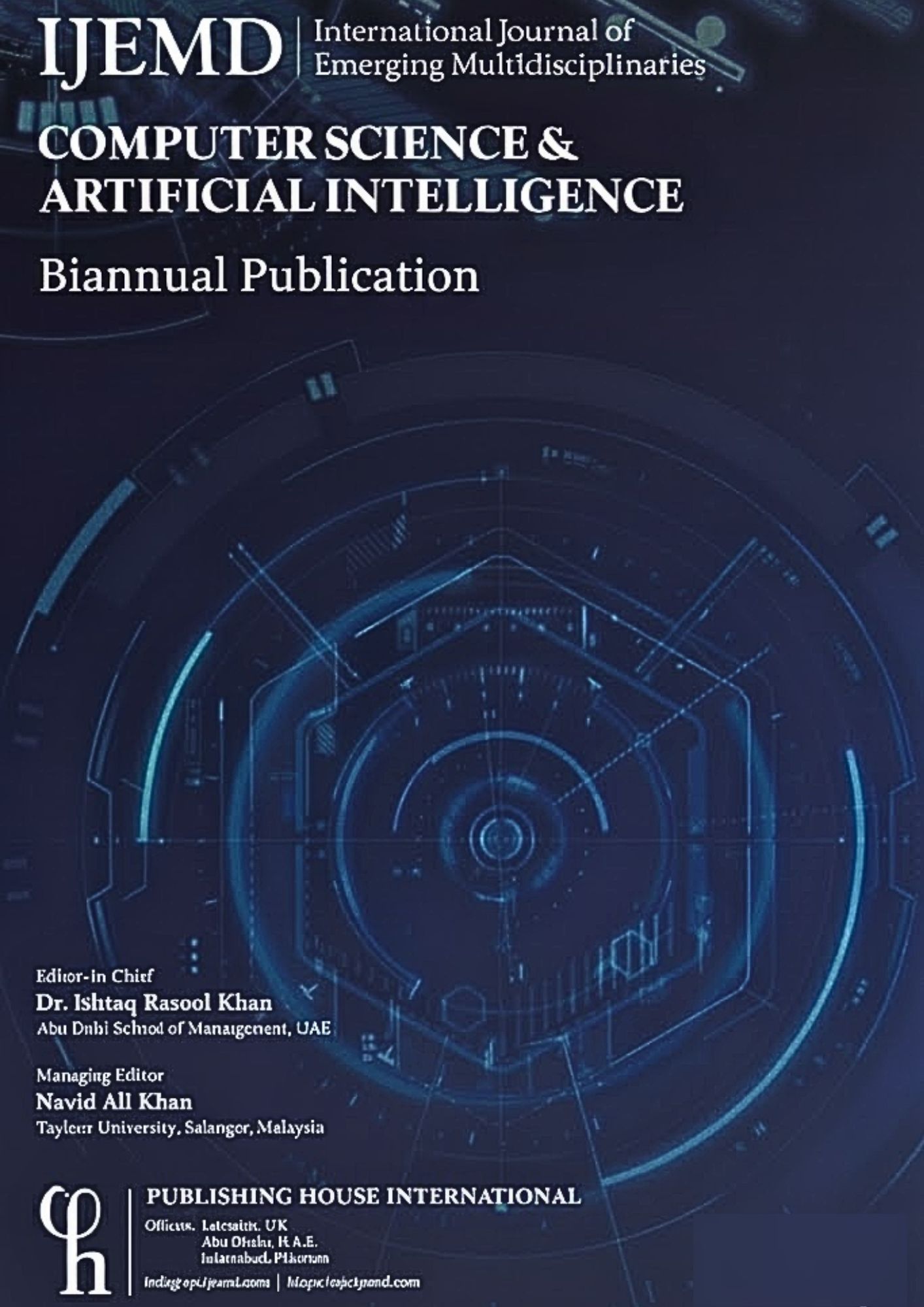Enhancing Fake News Detection Models Through Modified Cosine Similarity (MCS) Using Sorensen-Dice Distance
DOI:
https://doi.org/10.54938/ijemdcsai.2025.04.1.545Keywords:
Euclidian distance; Misinformation; Machine Learning Classifiers; Natural Language Processing; Sørensen-Dice distanceAbstract
The rapid spread of fake news undermines public trust and highlights the need for more reliable detection models. Traditional approaches, such as LSTM with standard cosine similarity using Euclidean distance, often fail to capture subtle textual relationships. This study introduces a Modified Cosine Similarity (MCS) that replaces Euclidean distance with Sørensen-Dice distance and evaluates its effectiveness across four models: Long Short-Term Memory (LSTM), K-Nearest Neighbor (KNN), Random Forest (RF), and Support Vector Machine (SVM). Baseline results using cosine similarity showed strong performance, with SVM achieving the highest accuracy (0.987) and F1-score (0.986), followed by RF (accuracy 0.979) and KNN (accuracy 0.973). However, enhanced models with MCS demonstrated substantial improvements. LSTM achieved the best results overall (accuracy 0.997, recall 0.998, F1-score 0.997) with reduced cross-entropy loss (0.016), false positive rate (0.005), and false negative rate (0.002). SVM and KNN also showed notable gains with accuracies of 0.995 and 0.991, respectively, while RF recorded high recall (0.995) and competitive performance across metrics. These findings confirm that integrating Sørensen-Dice distance into cosine similarity significantly boosts semantic representation and model performance, making MCS a robust similarity measure for advancing fake news detection.
Downloads
Published
How to Cite
Issue
Section
License
Copyright (c) 2025 International Journal of Emerging Multidisciplinaries: Computer Science & Artificial Intelligence

This work is licensed under a Creative Commons Attribution 4.0 International License.















